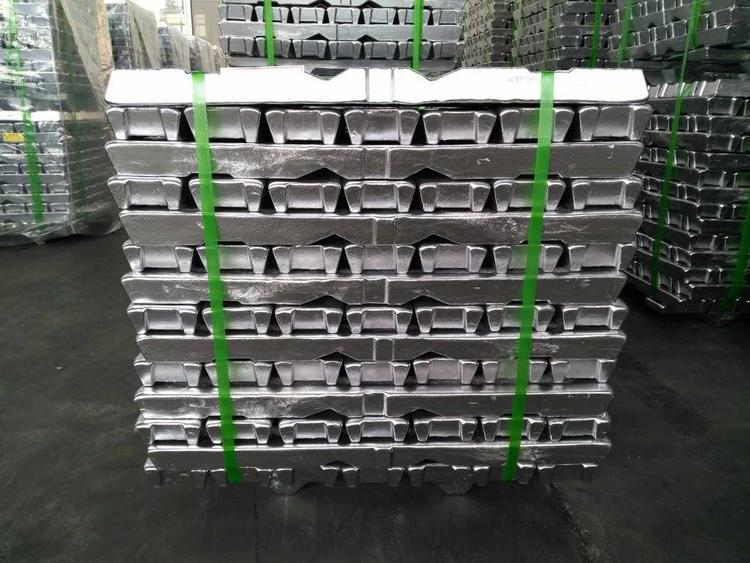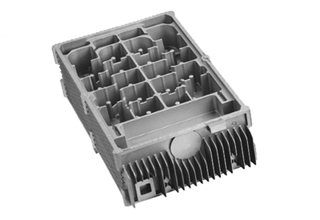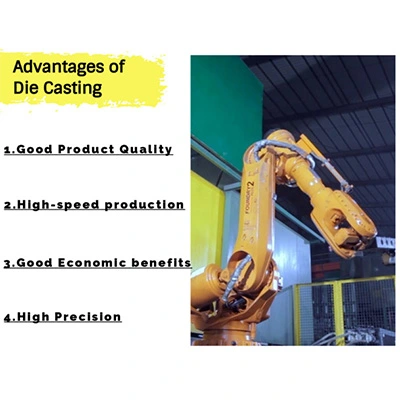

Aluminum dies casting parts have plenty of advantages, such as high production efficiency, low processing costs, easy mechanical automation in the production process, high dimensional accuracy of the castings, good surface quality, and good overall mechanical properties. However, defects such as pores, flow marks, scratches, depressions, cracks, and undercasting are easy to appear during the molding process of die-casting aluminum alloys. These defects make the appearance quality and mechanical properties of die castings decrease. In order to avoid the above problems in the die casting molding process, the structural designer needs to evaluate the plan in advance in the structural design of the die casting part, make a reasonable layout in the structural design of the parts, and reduce the defects to a minimum by optimizing the structure.
The rationality of the aluminum die casting part design is related to the entire die casting molding process. The structural characteristics of die casting parts and the process requirements of die casting should be fully considered when designing die casting parts. Minimize the occurrence of the defects of the designed die casting parts in the process of die-casting molding process and maximize the quality of die casting parts with the optimal design plan.
Wall thickness should be fully considered during the structure design of aluminum alloy die casting part. Wall thickness is a factor of special significance in die-casting aluminum alloy. Wall thickness has a close relationship with the entire process specification, such as the calculation of filling time, the selection of gate speed, the calculation of solidification time, analysis of mold temperature gradient, the effect of pressure (final specific pressure), the length of mold retention time, the level of casting ejection temperature and operating efficiency; a design wall thickness is too thick will cause shrinkage holes, blisters, pores, coarse internal grains and other external surface defects, which reduce the mechanical properties, increase the quality of parts and increase the cost; a design wall thickness is too thin will cause poor aluminum liquid filling, difficult molding, poor dissolution of aluminum alloy, and easily to cause defects such as difficult filling and lack of material on the casting surface, which will bring difficulties to the die-casting process; with the increase of pores, the internal pores, shrinkage and other defects of die-casting parts increase. Therefore, under the premise of ensuring that the castings have sufficient strength and rigidity, they should be minimized. The wall thickness of the casting and keep the thickness of the section uniform.
The strength and rigidity of large-plane or thin-walled die casting parts are poor, and it is easy to deform. At this time, stiffeners can effectively prevent the die-casting from shrinking and breaking, eliminating deformation and enhancing the strength and rigidity of the die casting parts. For high columns, abutment, and other structures, stiffeners can improve the stress distribution and prevent root fracture. At the same time, the stiffeners can assist the flow of molten metal and enhance the filling performance of the casting. The thickness of the stiffener is generally required to be uniform. If the design is too thin, the stiffener itself is easy to break, and if it is too thick, it is easy to produce defects such as depressions and pores.
The role of the die inclination of die casting part is to reduce the friction between the casting and the mold cavity, making it easy to take out the casting; to ensure that the die casting surface is not strained, and at the same time, it can extend the life of the mold. The die inclination is related to the height of the die casting part—the greater the height, the smaller the die inclination. Under normal circumstances, the die inclination of the die casting part coating is about 1/2 of the inner cavity die inclination, but in the actual design, the die inclination of the inner and outer surfaces of the die casting part can be designed to be consistent with maintaining the wall thickness and simplifying the structure design.
Machining should be avoided as much as possible when designing die casting parts. Machining will destroy the dense layer on the surface of the part and affect the mechanical properties; it will expose the internal pores of the die casting part, affect the surface quality, and increase the cost of the part. When the die casting part cannot be machined, the design with a larger cutting volume should be avoided as much as possible. The structure design should be as easy as possible for machining or reduce the machining area and reduce the machining cost.
The surface spraying design of aluminum die casting parts generally adopts the powder spraying process. The principle is electrostatic spraying: the paint is mainly polarized by the electrode. Then, the object to be sprayed is charged with the opposite, and the powder is evenly attached to the object's surface under the action of the electric field. Characteristics of powder spraying process: powder electrostatic spraying will not cause air pollution, the powder can be recycled to reduce material consumption costs, and the coating film has good acid, alkali and corrosion resistance.


